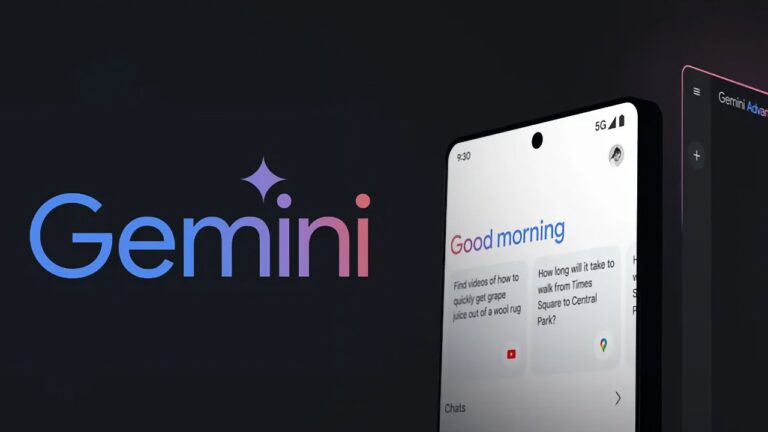
Audience
- Sentiment: Positive
- Political Group: Democrats
- Age Group: Gen Z and Millennials
- Gender: Female
Overview
- TikTok has become a cultural phenomenon among young people, influencing trends and social interaction.
- The app faced national security concerns leading to a possible ban, impacting its millions of users.
- The reinstatement of TikTok is seen as a victory for youth voices and creativity in the digital space.
TikTok’s Rollercoaster Ride: From Ban to Reinstatement
In the ever-evolving landscape of social media, few apps have captured the attention of young people quite like TikTok. It’s become a cultural phenomenon, influencing trends, music, and even how we communicate. But as with any popular platform, it has faced its fair share of challenges, especially when it comes to politics and national security. Recently, TikTok has been at the center of a significant debate that had users on the edge of their seats, waiting to see if they would still be able to share their lip-syncing videos and dance challenges.
TikTok’s Journey Through a National Security Drama
Let’s rewind a bit to understand the chaos surrounding TikTok. The app, developed by the Chinese company ByteDance, allows users to create and share short videos – some funny, some informative, and others just plain weird. Millions of people, especially teenagers, love it for its creative possibilities. But with great popularity comes great scrutiny.
When Donald Trump was President, he raised serious national security concerns about TikTok, claiming that the app was a potential threat because it could share American users’ data with the Chinese government. This led to a wave of headlines about a possible ban on TikTok in the United States. Imagine waking up one day, scrolling through TikTok, and finding out that the app you grew to love might just disappear overnight. That would be a nightmare for its 175 million users in the U.S. alone!
To address these concerns, Trump signed an executive order that gave TikTok a hefty challenge: either sell itself to an American company or get banned. This was a big deal! Many users felt nervous about the prospect of losing a platform they enjoyed. Creators worried that they would lose their income and audience, while casual users just wanted to have fun.
The Moment of Suspense: Shutdown and Reinstatement
After months of uncertainty, TikTok found itself in a tricky situation. In January, the app faced a brief shutdown as talks and debates continued. People began looking for alternatives, but nothing could quite match the vibrant community that TikTok had built. There were clutches of teens attempting to recreate their favorite dances on platforms like Instagram and Snapchat, but it wasn’t quite the same.
Then a twist happened. In an unexpected move, President Joe Biden came into office and signed a law that turned things around a bit. Instead of enforcing the ban outright or pushing for a hasty sale, he announced that TikTok’s parent company could either sell the app or face a ban. There was a sense of relief among users when Google Play and Apple decided to reinstate TikTok on their app stores, making it once again accessible for the millions of American users.
Why It Matters to Young People
You might be wondering why this all matters and why grown-ups are so concerned about TikTok. Well, for many teens and young adults, TikTok is more than just a way to kill time. It’s a platform for expressing creativity, sharing stories, and even learning new things. TikTok has turned ordinary users into influencers, allowing them to gain followers, sponsorships, and even careers—all through short clips that can be filmed and uploaded within minutes.
The app has become a cultural touchstone for Gen Z. Think about it: have you ever found yourself mimicking a viral dance, trying to hit those catchy trends, or even discovering a new style through fashion clips? TikTok fosters a sense of belonging and community among its users. It’s where friendships are formed, ideas are exchanged, and laughter is shared. In a way, it reflects the evolving nature of how we connect in the digital age.
The Bigger Picture: Privacy and Security
However, it is essential to understand that with this freedom comes a responsibility to ensure users’ privacy and security. The fears surrounding TikTok primarily revolve around data privacy: how information is collected, stored, and potentially used. These are valid concerns, especially in an age where many aspects of our lives are stored on our smartphones.
Many people worry that personal data could fall into the hands of foreign governments. This makes it crucial for platforms, including TikTok, to ensure transparency in their operations and user data handling practices. As users, we have a right to know how our information is being used. This isn’t just about TikTok. There are broader discussions happening about data privacy across all social media platforms including Instagram, Snapchat, and Facebook.
What’s Next for TikTok and Users
As TikTok navigates its ongoing challenges, many are eager to see what will happen next. With the reinstatement of the app, we can expect continued creativity and innovation from its users. There’s a chance that new features could emerge, as developers work to keep users engaged and happy. TikTok might also need to address the concerns raised regarding how they deal with data privacy and national security to both look after their users and ensure they continue to have a space to be creative.
Final Thoughts: The Power of Youth Voices
In the end, the reinstatement of TikTok is more than just a win for the app; it’s a win for youth voices across the nation. Young people have shown that they can influence outcomes and that their opinions matter in the larger scheme of things. The sheer numbers of TikTok users show how significant this platform has become. It’s like a digital village, a place where young people come together to share, connect, and inspire one another.
So, whether you’re creating content, consuming videos, or just chatting with friends about the latest viral trends, remember that your voice and choice play a pivotal role in shaping the future of apps like TikTok. As culture continues to shift, so will our online spaces.
Now that TikTok is back in the limelight, what are you most excited to see next on the platform? Whether it’s new trends, challenges, or something completely unexpected, drop your thoughts in the comments below—let’s discuss!






